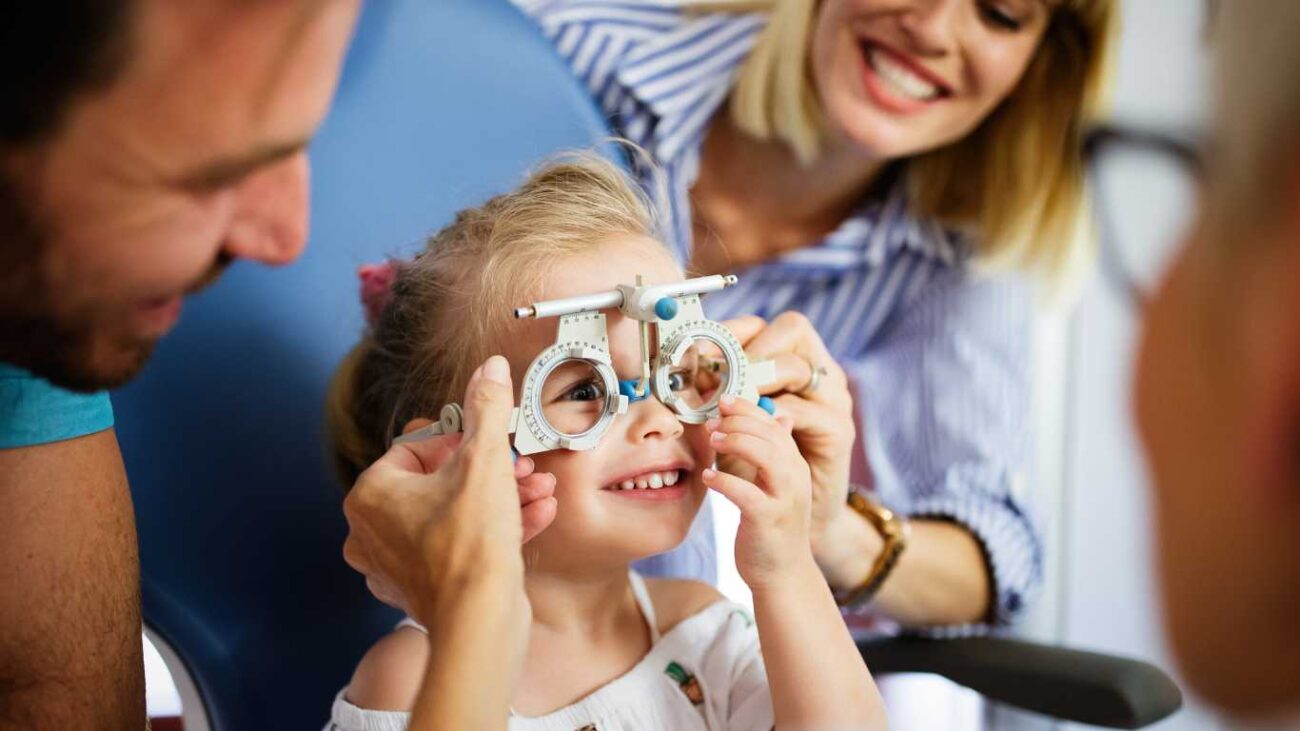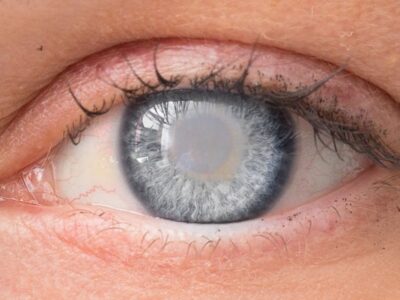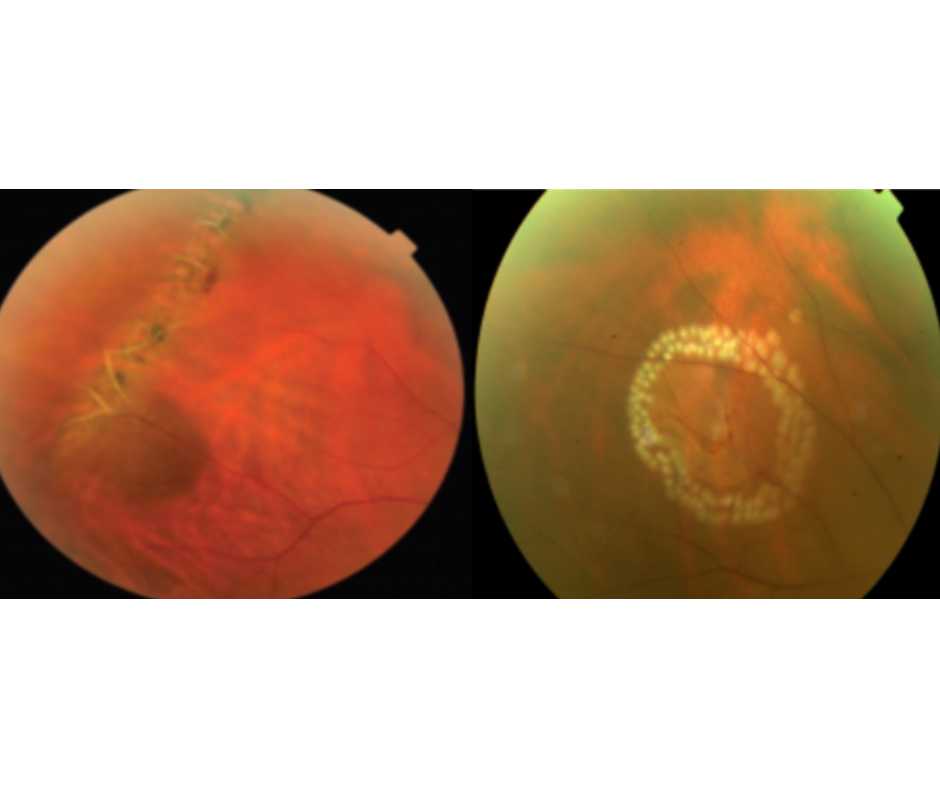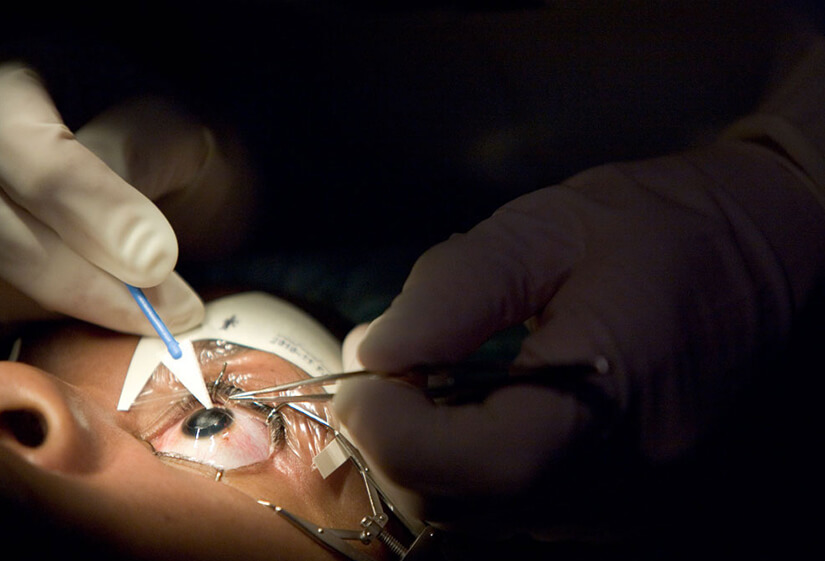Cataracts occur when the natural lens of the eye becomes cloudy, leading to blurred vision and difficulty seeing clearly. This clouding often develops gradually and can eventually interfere with daily activities such as reading, driving, or recognizing faces. Fortunately, modern cataract correction techniques offer effective solutions to restore clear vision and improve quality of life.

Cataract Correction Options:
- Surgical Intervention:
- Phacoemulsification: This is the most common cataract surgery technique.
- Ultrasound technology breaks up the cloudy lens, and surgeons remove it before replacing it with an artificial intraocular lens (IOL).
- Phacoemulsification is a minimally invasive procedure with a quick recovery time.
- Femtosecond Laser-Assisted Cataract Surgery (FLACS): FLACS uses a laser to create precise incisions in the cornea and lens, reducing the need for manual steps during surgery. This advanced technique offers enhanced accuracy and can lead to better visual outcomes for patients.
- Types of Intraocular Lenses (IOLs):
- Monofocal IOLs: These lenses provide clear vision at one distance, typically either near or far. Patients may still require glasses for activities such as reading or driving, depending on the chosen focal point.
- Multifocal and Accommodating IOLs: These lenses offer vision correction at multiple distances, reducing the need for glasses after surgery. Multifocal IOLs split incoming light to focus on both near and distant objects, while accommodating IOLs adjust their position within the eye to change focus.
- Refractive Lens Exchange (RLE):
- RLE is a procedure similar to cataract surgery but is performed on patients with clear lenses who have refractive errors such as nearsightedness, farsightedness, or presbyopia.
- Non-surgical Options:
- In the early stages of cataracts, vision may be improved temporarily with changes in eyeglass prescriptions or the use of magnifying lenses. However, these methods do not address the underlying cause of cataracts and are not permanent solutions.
Author Details:
Dr. Sushruth Appajigowda holds a prominent position as a Cornea, Cataract, Glaucoma, and LASIK Surgeon in Bangalore. He serves as the chief Cataract and Refractive surgeon at Vijaya Nethralaya Eye Hospital, Nagarbhavi Bangalore. Renowned as one of the finest LASIK surgeons nationwide, he brings with him over 12+ years of experience across multiple LASIK platforms, including ZEISS, ALCON, SCHWIND, AMO, and Bausch and Lomb. Having successfully conducted over 5000 LASIK procedures, Dr. Sushruth holds the title of a Certified Refractive Surgeon and a Fellow of the All India Collegium Of Ophthalmology. Furthermore, he stands as a distinguished speaker at various National and International Forums, using his expertise to guide you in selecting the most suitable procedure based on your health requirements.
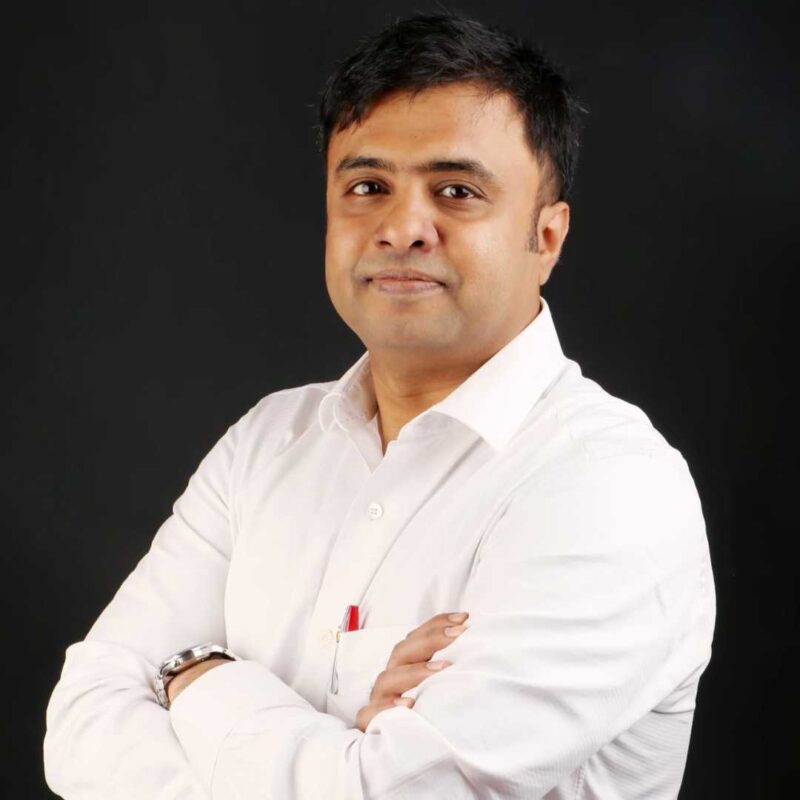
http://vijayanethralaya.com/link-in-bio/
Conclusion:
Cataract correction has come a long way, offering a range of treatment options to improve vision and quality of life for those affected by cataracts. Whether through surgical interventions like phacoemulsification or innovative techniques such as refractive lens exchange, individuals can regain clear vision and reduce their dependence on glasses or contact lenses.

